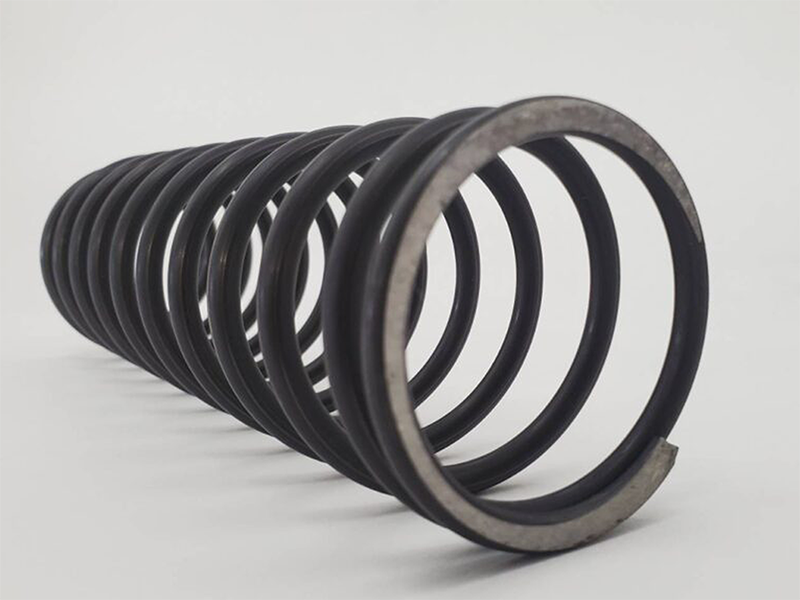In the world of spring manufacturing, precision and efficiency are key to producing high-quality products. For compression springs, one of the essential processes is spring grinding, where the ends of the springs are ground flat to ensure stability and proper positioning in various applications. Although crucial, this operation is often one of the most expensive steps due to the time required and the wear on grinding wheels. However, recent innovations are helping manufacturers reduce costs and improve efficiency.
The Importance of Spring Grinding
Compression springs are widely used in various industries, from automotive to electronics, and their performance often depends on how well they are positioned in their assemblies. Flat ground ends are essential for creating a stable base, ensuring that the spring sits evenly in its housing or assembly. This is why grinding is so important—without it, springs could shift or behave unpredictably during use.
Challenges in the Grinding Process
Despite its importance, grinding is one of the most resource-intensive operations in the production process. Grinding wheels are subject to wear and tear, requiring regular maintenance and replacement, which adds to the cost. Additionally, the grinding process itself is time-consuming, especially when dealing with large batches of compression springs.
Innovations in Grinding Technology
Manufacturers and suppliers are constantly looking for ways to improve the grinding process, aiming to reduce costs without compromising quality. Innovations in grinding machinery and abrasive materials are playing a key role in this transformation. Advanced grinding wheels that last longer and reduce the grinding time have been introduced, and machines are becoming more efficient in how they handle large batches of springs.
For instance, some newer grinding machines are designed to handle higher loads and offer more precise grinding capabilities, improving the overall efficiency of the process. Additionally, these machines can often be programmed to perform grinding operations more quickly, which helps reduce labor and machine downtime.
Conclusion: The Future of Spring Grinding
As technology continues to evolve, spring manufacturers are likely to see even more improvements in the grinding process. With enhanced machinery and more durable grinding wheels, manufacturers can save on both time and costs, while still producing high-quality compression springs that meet industry standards. These innovations are paving the way for a more efficient and cost-effective future in spring manufacturing.
For more information, reach out to us through our Contact Us page.

